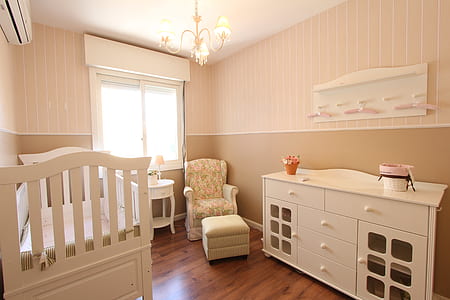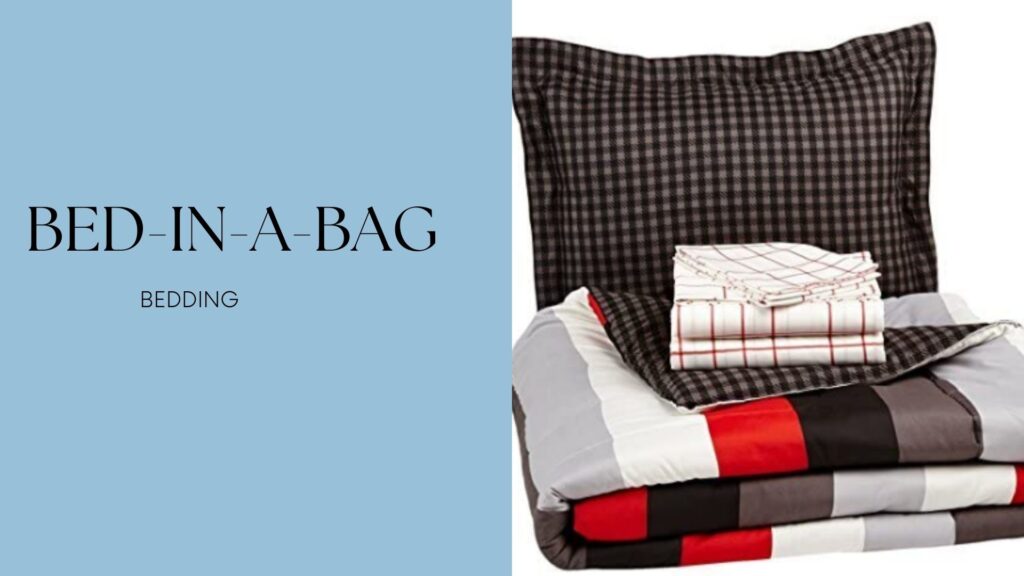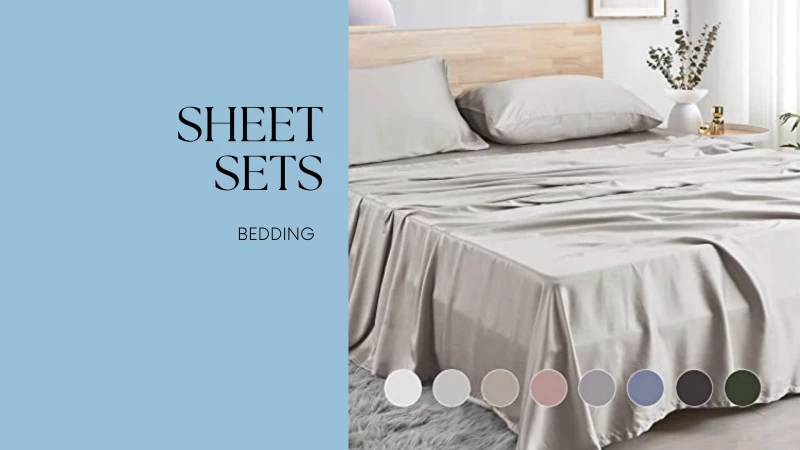Disclosure: This post may contain affiliate links, meaning we get a commission if you decide to make a purchase through our links, at no cost to you. Please read our disclosure for more info.
In our attempt to create an eco-friendly lifestyle, it’s only fitting to use eco-friendly principles when designing a baby’s room. After all, a newborn will spend an average of 17 hours a day in their nursery, and it should be an environment filtered from toxins.
In This Post:
7 Steps to Set Up an Eco-Friendly Baby Nursery
1. Paint
Use one of the new water-based, low-volatile organic compound paints and take your friends or family up on their request to help. If you’re pregnant, you shouldn’t be doing the painting. Try and complete the paint job at least a month before baby arrives to give it time to cure.
2. Flooring
Carpets are nice and soft for babies to crawl on, but they can harbor toxic material and bacteria. VOC’s can be found in the fibers, backing and glue as well as any stain resistant treatments that may have been applied. If you must go that route, choose an all-natural, biodegradable carpet made from wool fibers and no toxic adhesives. A better choice is a solid floor such as linoleum, cork or wood. Use natural fiber throw rugs with a non slip backing.
3. Crib
Choose real wood with natural finishes since the press wood versions can emit formaldehyde. The crib bedding should be an organic untreated material made from cotton or wool.
4. Window Coverings
Aluminum mini-blinds or wooden shutters are easy to keep clean and do a great job of adjusting the light levels.
5. Toys
Most toys are made of plastic, which is a major contributor to indoor air pollution. Try to purchase natural cloth or wood toys wherever possible. You can find natural products like these on Kidsco.
6. Airflow
Make certain there is adequate ventilation in the nursery that allows for fresh air, but no drafts. An Air filter is also very effective, but use one that has both a HEPA filter and activated military carbon cloth. Change your furnace filters every three months to reduce dust and pollen.
7. Cleaning
Use 100 percent biodegradable nontoxic cleaning products.




